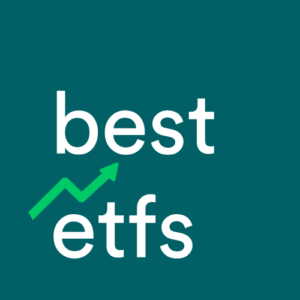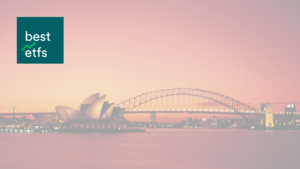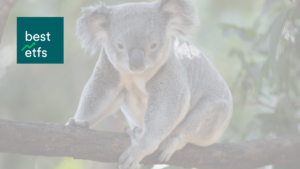Could 2020 be the year to invest in ETFs such as the iShares MSCI Emerging Markets ETF (ASX: IEM) and SPDR MSCI World Quality Mix Fund ETF (ASX: QMIX)?
How and why Aussie investors use the IEM ETF
The iShares IEM ETF provides investors with exposure to a portfolio of over 800 companies from emerging markets, like China, India and Brazil.
As at the end of last month, the IEM ETF had $645.98 million of money invested. Given IEM’s total funds under management (FUM) figure is over $100 million, the ETF has met our minimum criteria for the total amount of money invested, otherwise known as FUM. We draw the line at $100 million for ETFs in the International shares sector because we believe that relative to smaller ETFs, achieving this amount of FUM derisks the ETF.
Fees & costs
The yearly management fee on the IEM ETF is 0.67%. The issuer, iShares, takes this out automatically.
What this fee means is, if you invested, say, $2,000 in the IEM ETF for a full year you could expect to pay management fees of around $13.40. This fee is different from the fee you pay to your brokerage provider (e.g. CommSec, NabTrade, SelfWealth, etc.) to buy or sell the ETF. Importantly, you should also be mindful of the ‘spread‘ for the ETF.
Is the ETF too expensive?
The easiest way to know if the ETF is too costly is to compare it with other ETFs in the same sector, and against the industry average. The average management fee (MER) across all of the ETFs covered by Best ETFs Australia is 0.5%, which is around $10.00 per $2,000 invested. Small changes in fees can make a big difference after 10 or 20 years. To understand all of the fees, you should read the IEM Product Disclosure Statement (PDS), available on the ETF issuer’s website, because it has the complete and up-to-date information.
Did you know you access our free investment report? View the free IEM ETF report.
[ls_content_block slug=”article-advertising-block-2″ para=”paragraphs”]
Getting to know the QMIX ETF
The QMIX ETF invests in mid-cap and large (blue chip) shares in over 20 developed markets but uses a multifactor approach to attempt to reduce risk.
At the end of May 2020, QMIX’s FUM stood at $23.68 million. With less than $100 million invested, it’s important to consider if this ETF is still too small and you should wait to buy in. If you’re worried about the size of the ETF, consider comparing it alongside some of the other Quality factor sector ETFs, using our full list.
Are QMIX’s fees too high?
SPDR charge a yearly management fee of 0.4% for the QMIX ETF. Meaning, with $2,000 invested for 12 months you can expect to pay a base management fee of around $8.00.
The management fee is above the average for all ETFs on our radar, but keep in mind the ETF may be able to justify it.
We’ve got a full IEM ETF review available on our website right now. Click here to access our comprehensive investment report.
[ls_content_block id=”4954″ para=”paragraphs”]




